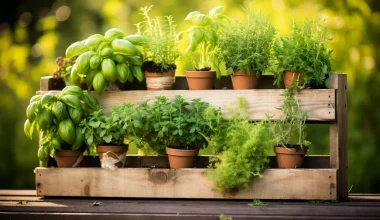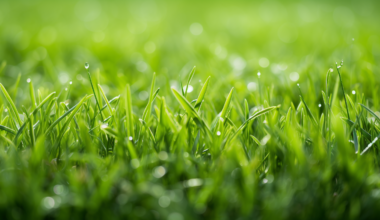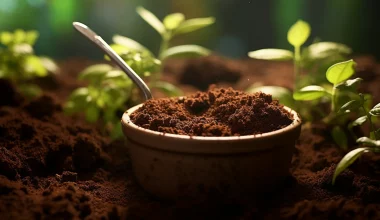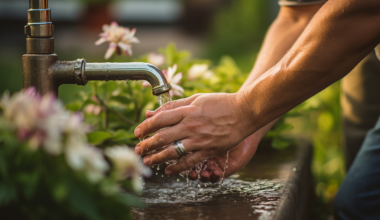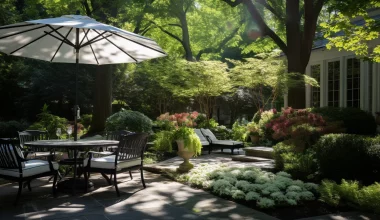In light of the recent drought conditions and subsequent hose pipe ban in the UK, it’s time for us garden enthusiasts to reevaluate and reimagine our watering habits. This comprehensive guide offers practical and effective strategies to conserve water without sacrificing the health and beauty of your garden.
Introduction
The latest hose pipe ban is a stark reminder of the necessity of water conservation. However, that doesn’t mean your lush, vibrant garden needs to suffer. With mindful, sustainable practices, you can maintain a beautiful garden that’s also water-efficient.
Understanding Water Conservation
Before we dive into the strategies, let’s take a moment to appreciate the broader significance of water conservation. It’s not only about reducing our utility bills or complying with regulations. It’s about recognising the intrinsic value of water, one of our planet’s most vital resources. Preserving water helps protect our environment, minimise water pollution, and ensure an equitable water supply for all.
Effective Strategies for Saving Water in Your Garden
Here, we delve into practical and manageable techniques that can help you transform your garden into a water-saving oasis.
1. Choosing the Right Plants
Our first stop in the journey towards a water-efficient garden is the choice of plants. Native plants, those indigenous to a particular area, are uniquely adapted to the local climate and rainfall. Hence, they generally require less watering. Similarly, drought-resistant plants can thrive with minimal water, making them excellent options for a water-saving garden.
2. The Art of Watering
When you water is almost as important as how much you water. Watering your garden during the cooler parts of the day, typically early morning or late evening, helps minimise evaporation, ensuring more water reaches your plants’ roots.
3. Prioritise Your Watering
Not all plants in your garden will need the same amount of water. New plants and those growing in containers typically require more frequent watering. Vegetable gardens, too, will benefit from consistent moisture levels. On the other hand, established perennials and shrubs can usually tolerate a bit of drought, and may not need watering as often.
4. Building Healthy Soil
Healthy, fertile soil can hold more water, reducing the need for frequent watering. By adding organic matter or compost to your garden, you improve the soil structure, increase its water-holding capacity, and foster a beneficial environment for soil microbes.
5. The Power of Mulch
Mulch is a water-saving superhero. It covers the soil, slowing the process of evaporation and helping maintain a cool temperature for your plants’ roots. Moreover, it can suppress weed growth, preventing these unwanted plants from competing with your garden plants for water.
6. Rainwater Harvesting
Making the most of the rain by collecting and storing rainwater can significantly aid your water conservation efforts. Not only is it an excellent way to recycle a natural resource, but it also provides your plants with chemical-free water that’s ideal for their growth.
7. Targeted Watering
By using a watering can or a hose end sprinkler, you can direct water exactly where it’s needed – at the root zone. This prevents water wastage and ensures the most efficient use of water.
8. Crafting Microclimates
Microclimates are small areas within your garden that have slightly different conditions from the overall climate, due to factors like shade or wind protection. By planting taller shrubs and trees to shade smaller, more delicate plants, or by using hedges and walls as windbreaks, you can create microclimates that reduce your garden’s overall water consumption.
9. Exploring Drip Irrigation Systems
A drip irrigation system, while an initial investment, can drastically reduce water wastage. By delivering water directly to the plant’s roots, it reduces the amount of water lost to evaporation or runoff, making it a highly efficient watering system.
10. Responsible Use of Garden Pools
If you have a garden pool, covering it when not in use can help reduce water loss through evaporation… Plus if it’s easy to drain, you can repurpose the water for your plants when you need to refresh it.
11. Allowing Lawns to Grow Long
For those with lawns, allowing the grass to grow a little longer can help shade the soil, slow down evaporation, and increase the lawn’s resistance to dry periods.
12. Planting in Groups
Grouping together plants with similar watering needs can help you manage your watering more effectively. It ensures that you’re not providing excess water to some plants while depriving others.
Final Thoughts
A hose pipe ban, while initially appearing like a challenge, can become an opportunity to embrace more sustainable gardening practices.
By implementing these strategies, you can create a garden that is not only water-efficient, but also vibrant and flourishing.

